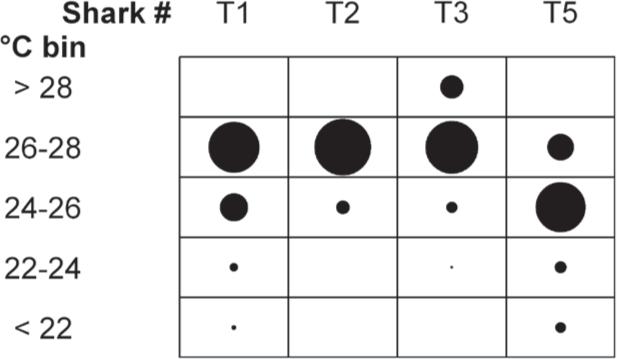An abnormally high shark attack rate verified off Recife could be related to migratory behavior of tiger sharks. This situation started after the construction of the Suape port to the south of Recife. A previous study suggested that attacking sharks could be following northward currents and that they were being attracted shoreward by approaching vessels. In this scenario, such northward movement pattern could imply a higher probability of sharks accessing the littoral area of Recife after leaving Suape. Pop-up satellite archival tags were deployed on five tiger sharks caught off Recife to assess their movement patterns off northeastern Brazil. All tags transmitted from northward latitudes after 7-74 days of freedom. The shorter, soak distance between deployment and pop-up locations ranged between 33-209 km and implied minimum average speeds of 0.02-0.98 km.h−1. Both pop-up locations and depth data suggest that tiger shark movements were conducted mostly over the continental shelf. The smaller sharks moved to deeper waters within 24 hours after releasing, but they assumed a shallower (< 50 m) vertical distribution for most of the monitoring period. While presenting the first data on tiger shark movements in the South Atlantic, this study also adds new information for the reasoning of the high shark attack rate verified in this region.
migration; Recife; satellite telemetry; shark attack; Suape




